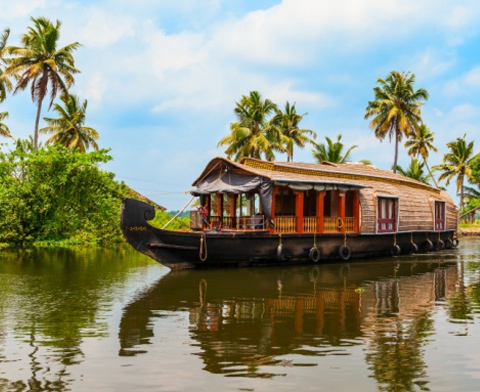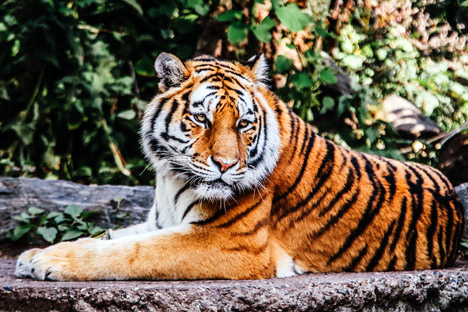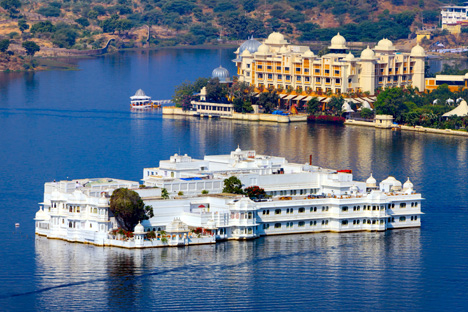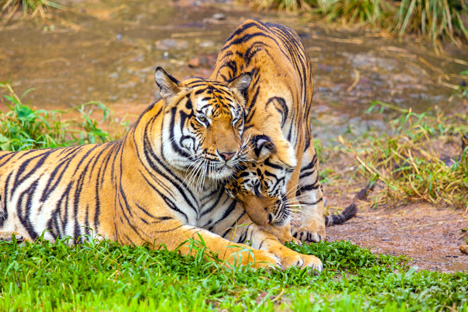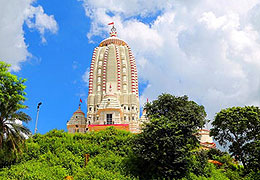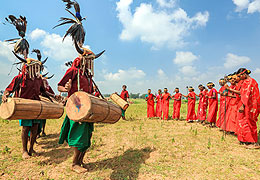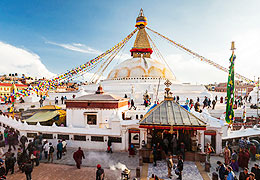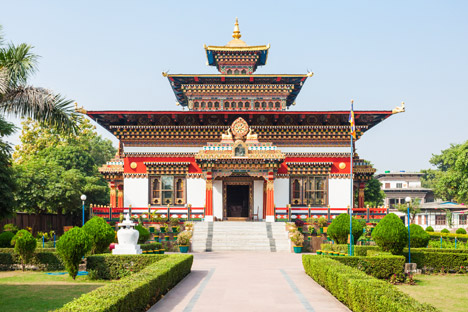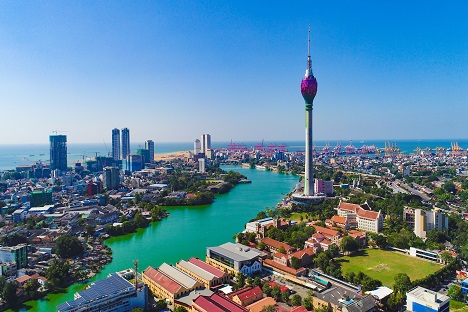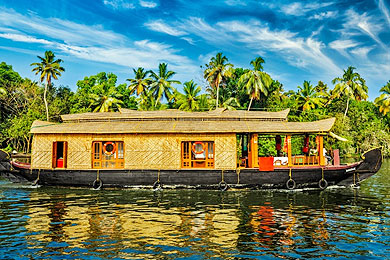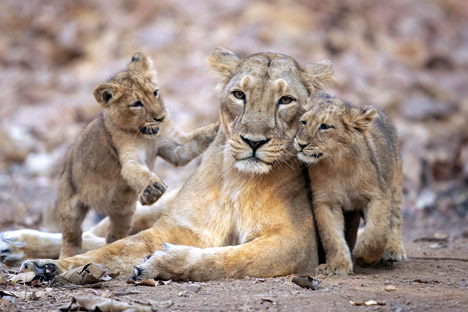History of Manas National Park
The fascinating history of this national park tells us that On October 1st, 1928, it was designated as a wildlife sanctuary with a footprint of less than 360 square kilometers. Manas Biosphere Reserve was created in 1973. It was a reserve forest known as “Manas Reserved Forest” and “North Kamrup Reserved Forest” before it was declared a sanctuary.
Before that, the Cooch Behar Royal Family and the Raja of Gauripur used the entire territory as a hunting ground. The reserve was enlarged to 391 square kilometers in 1951 and 1955. In December 1985, UNESCO named the area a World Heritage Site. The Manas National Park was created in 1990 by combining Kahitama, Kokilabari, and Panbari reserve forests. It was designated a World Heritage Site in Danger by UNESCO because of widespread poaching and terrorist activity. The park’s size was enlarged to 950 square kilometers in 2008.
Flora and Fauna of Manas National Park
Manas National Park combines the Sub-Himalayan Bhabar Terai and the Himalayan subtropical broadleaf forests, making it one of India’s most biologically diverse national parks. The center of the national park contains 543 different plant species. It is home to four different types of vegetation: sub-Himalayan light alluvial semi-evergreen forests (northern portions), east Himalayan mixed moist and dry deciduous forests, low alluvial savanna woodland, and semi-evergreen alluvial grasslands in the Assam Valley. Some of the famous flora of this park are Anthocephalus Chinensis, Aphanamixis Polystachya, Syzygium Formosum, Syzygium Cumini, Cinnamomum Tamala, Bauhinia Purpurea, Mallotus Philippensis, Syzygium Oblatum, Actinodaphne Obovata, Bombax Ceiba, Sterculia Villosa, Trewia Polycarpa, and Dillenia Indica. According to records, Manas National Park is home to about 450 species of birds, 50 species of reptiles, 55 species of mammals, and a few species of amphibians. In addition, rare animal species such as the Assam roofed turtle, hispid hare, golden langur, and pygmy hog are found in the park. The largest Bengal florican population in the world is also located there. Some of the famous fauna of Manas National Park are Asian Elephants, Indian Rhinoceros, Gaurs, Asian Water Buffaloes, Barasingha, Hog Deer, Black Panther, and Herd of Deer.
According to records, Manas National Park is home to about 450 species of birds, 50 species of reptiles, 55 species of mammals, and a few species of amphibians. In addition, rare animal species such as the Assam roofed turtle, hispid hare, golden langur, and pygmy hog are found in the park. The largest Bengal florican population in the world is also located there. Some of the famous fauna of Manas National Park are Asian Elephants, Indian Rhinoceros, Gaurs, Asian Water Buffaloes, Barasingha, Hog Deer, Black Panther, and Herd of Deer.
Places to Visit Near Manas National Park
You can visit many famous places in and around Manas National Park. Assam is a state that has a good number of tourist attractions. Below is the list of popular places to visit on your trip to Manas National Park:
- Bansbari Tree Plantation: Located at the entrance to Manas National Park is the Bansbari Tea Plantation, which offers a lovely retreat for tourists.
- Palace of King of Bhutan: Manas National Park is a vast animal refuge that extends into the Kingdom of Bhutan.
- Barnadi Wildlife Sanctuary: Situated close to Manas, this sanctuary is known for its diverse flora and fauna. It’s a great place to explore wildlife and enjoy nature.
- Pobitora Wildlife Sanctuary: Located around 100 kilometers from Manas, this sanctuary is famous for its dense one-horned rhinoceros population.
- Hatisila Rock Formation: This unique geological formation is located around 25 km away from Manas National Park. The site is known for its elephant-shaped rock.
- Guwahati: While it’s a bit farther away, Guwahati is a major city in Assam and offers attractions like the Kamakhya Temple, Umananda Temple on Peacock Island, Assam State Museum, and the scenic Brahmaputra River.
Safari in Manas National Park
Jeep Safari
Wildlife experience with Jeep Safari is an intense and startling experience that allows you to cover dense jungle areas. You can book a gypsy, which carries 6 persons at a time. Moreover, this safari is available in two slots – morning and evening. While enjoying this safari ride, you can spot rare and endangered endemic wildlife animals of Manas, including One-Horned Rhinoceros, Elephants, Fishing cats, Bison, Black panthers, Red Panda, Golden Cats, and Leopards. Jeep Safari is an opportunity to spot your favorite animals closely and admire the incredible landscapes. This jeep ride lets you cover both ends of Manas National Park and gives you an enthralling journey of 120 minutes amidst the natural beauty.
Timing of Jeep Safari
- Morning Timings of Jeep Safari: 6:30 AM – 9 30 AM | 10 AM – 1 PM
- Evening Timing of Jeep Safari: 2:00 PM – 5:00 PM
Elephant Safari
Riding on an elephant to explore the depths of this jungle is a unique and fascinating way to enjoy wildlife tourism. This type of safari in Manas is considered the safest mode of transportation to explore the wilderness. With an elephant ride, 4 to 5 travelers can explore the park simultaneously. Moreover, this safari will take you to the jungle region, where the jeep is not allowed or unsuitable due to the rugged landscapes. This ride will also give you a perfect sight of various species of birds. Also, exploring the wild from an altitude will provide you with a unique view of the forest, no doubt about it. With so many different perspectives of the park, you will get several excellent opportunities to take amazing shots you will forever cherish!
Timing of Elephant Safari
- Morning Timings: 6:30 AM – 9:30 AM | 10:00 AM – 1:00 PM
- Evening Timing: 2:00 PM – 5:00 PM
Manas National Park Zones
Assam’s Manas National Park spans three ranges: the Bansbari (Central), Panbari (Western), and Bhuyanpara (Eastern). The park in Assam at the foothills of the Himalayas is renowned for its exceptional biodiversity and lovely surroundings. Below are the details of the zones:
Bhuyanpara Safari Zone
Bhuyanpara is the eastern portion of Manas National Park. Grassland dominates this area. In the Makibana region, the Bhuyanpara Zone is ideal for tiger sightings. The zone is incredibly well-structured, and the fauna is stimulating. The Assam Roofed Turtle, Hispid Hare, Golden Langur, Greater One-Horned Rhino, Swamp Deer, Bengal Florican, and Pygmy Hog are uncommon and endangered animals that call this area home.
Bansbari Safari Zone
The Bansbari zone is one of Manas’ most popular zones and is highly recommended by wildlife enthusiasts. The core area of Manas is called the Bansbari zone, close to Barpeta Road. Huge grassy fields, plenty of waterholes, and river streams make up this area’s beautiful, alluring landscape.
Panbari Safari Zone
The Panbari Zone of Manas National Park is 35 km from Barpeta Road City and 150 km from Guwahati City. There are several lodges in Panbari where you can relax after taking in the wildlife’s commotion. Forest guards are always on duty for the safety of both animals and visitors. Spending time here provides you with a top-notch adventure and makes it worthwhile to observe many bird and animal species and the natural beauty up close.
Resort in and Around Manas National Park
A wildlife tour is about experiencing the jungle vibe, reconnecting with nature, and discovering the diverse biodiversity. However, staying in the jungle resorts and nearby hotels complements your tour’s theme. Check out the list and make your trip enjoyable with these staying options.
- The Sikhiri Cottages
- The Bansbari Lodge
- Birina Resort
- Hotel Himalaya
- Arna Residency
- Eagle Nest Eco Retreat
- Florican Jungle Cottage
- Hornbill Eco Camp
- Musa Jungle Retreat
